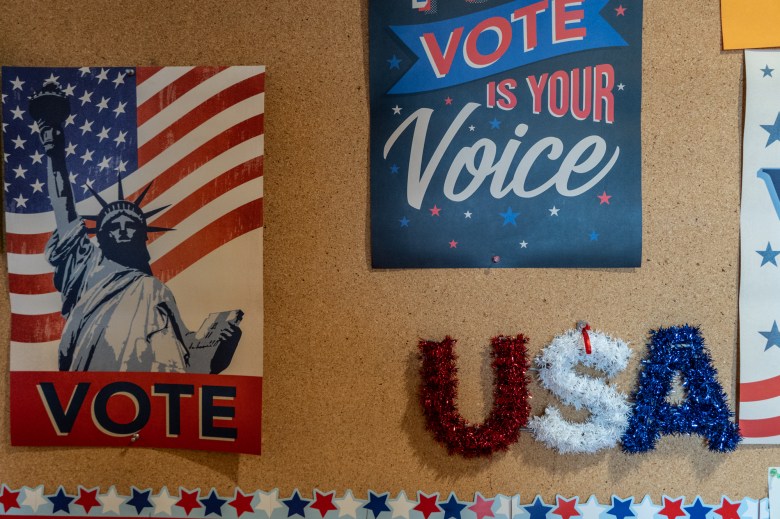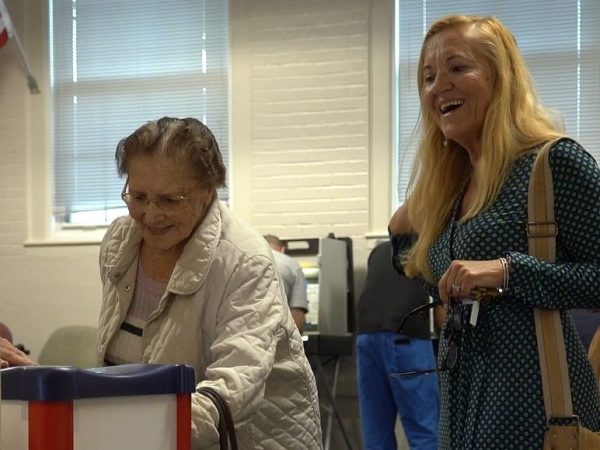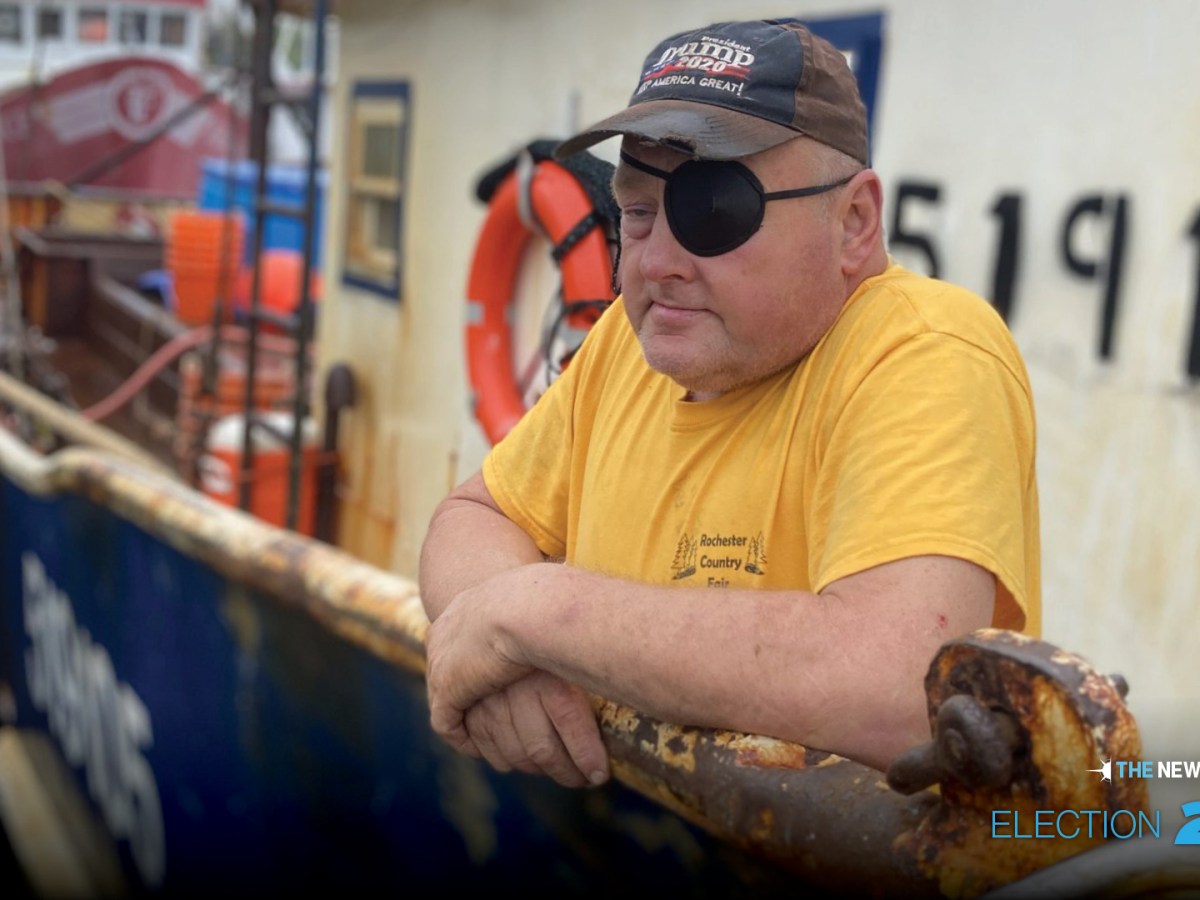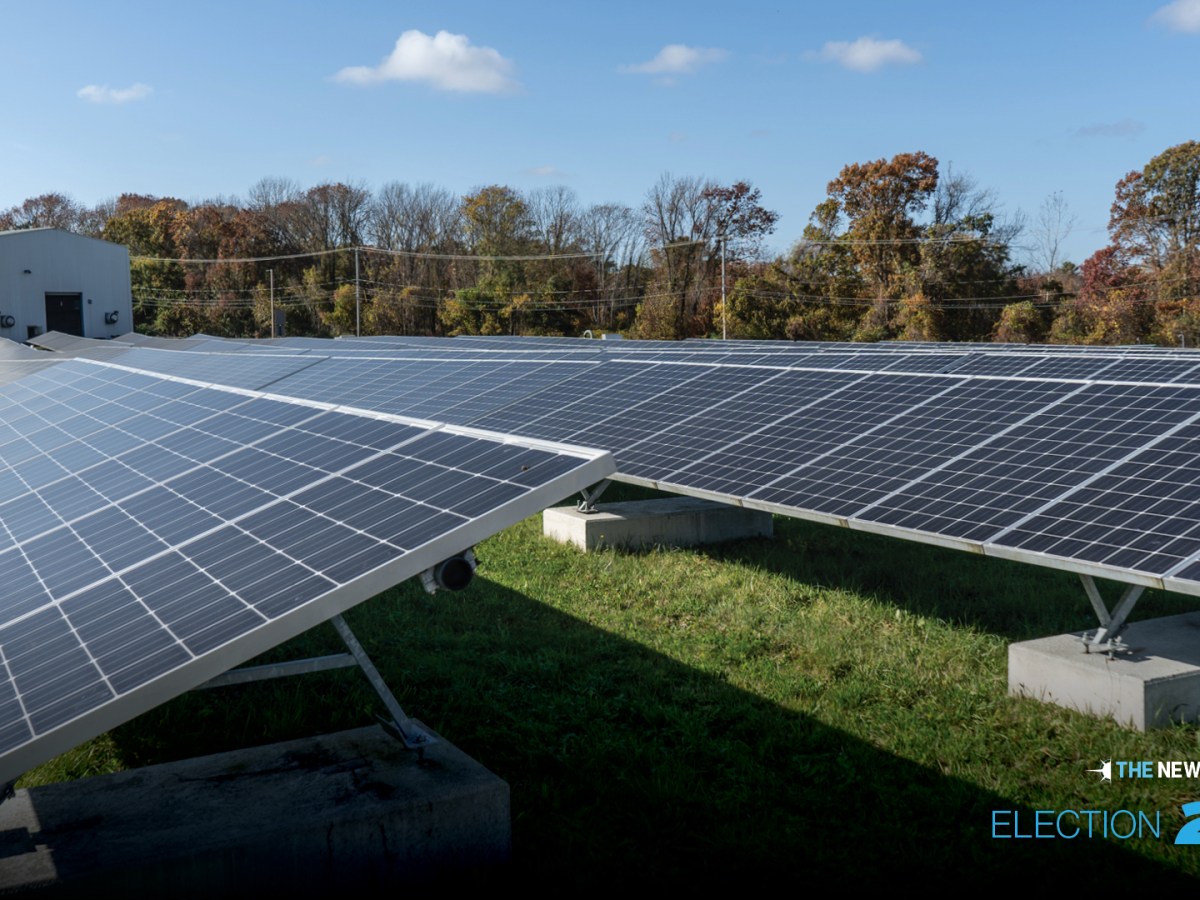2024-11-04 14:15:03
In a country where millions cast ballots every election, the act of casting a single vote can feel insignificant. Yet history shows that razor-thin margins have determined outcomes from the presidency to local school board seats.
![]()
As another pivotal election looms, many Americans find themselves grappling with a fundamental question — does my vote really matter?
The answer, according to experts and voters alike, is more nuanced than a simple yes or no. It depends on factors ranging from the type of election to where you live, and even one’s personal perspective on civic duty.
“Your individual vote has a very low probability of mattering,” said Jacob Neiheisel, a University at Buffalo associate professor of political science. “However, we know that there are rewards to voting that extend beyond [being] the vote that wins that election.”
Neiheisel explained that the collective impact of high voter turnout can lead to greater policy influence and a more responsive government.
While national elections dominate headlines, the significance of a single vote can be even more profound in local elections. With much smaller electorates and lower voter turnout, these races often come down to a few dozen votes.
This September, in the 2024 Democratic primary for a Massachusetts House seat, Cambridge state Rep. Marjorie Decker narrowly defeated challenger Evan MacKay by just 41 votes after a recount.
Even though individual votes carry the most weight in such contests, they often see the lowest turnout rates. In mayoral elections, for example, typical turnout is around 20%, according to the Center for Effective Government at the University of Chicago.
“The things that affect you most directly, you’re actually least likely to know about, and the least likely to participate or care,” said Neiheisel, highlighting the paradox.
He attributed this to a disparity in resources. While national campaigns have enormous budgets to educate and mobilize voters, local campaigns often lack those same resources, leaving many voters uninformed or disengaged.

At the heart of the debate about the importance of an individual vote in national elections lies the Electoral College. While every other election in the country is determined by the popular vote, the presidential contest is unique. The result is ultimately decided by 538 electors, distributed across the states based on their congressional representation.
This system has led to situations where the winner of the presidency did not receive the most votes nationwide. The 2000 election stands as a stark example of how a handful of votes can determine the outcome.
Then Vice President Al Gore won the popular vote by about 540,000 votes nationally, but lost the presidency to George W. Bush. The deciding factor was Florida, where Bush won by a mere 537 votes out of nearly six million cast in the state, ultimately giving him the Electoral College victory.
More recently, the 2016 election saw Hillary Clinton lose the presidency to Donald Trump despite winning the popular vote by approximately 2.9 million votes.
These outcomes have intensified debates about the fairness and effectiveness of the Electoral College system, with the public opinion favoring a change.
A recent Pew Research Center survey polling 9,720 adults found 63% of Americans would prefer the presidential election winner to be the candidate who receives the most votes nationwide. In contrast, only about a third of respondents supported retaining the Electoral College system.
The National Popular Vote Interstate Compact is an agreement among a group of U.S. states and the District of Columbia to award all their electoral votes to whichever presidential ticket wins the overall popular vote. The compact is designed to ensure that the candidate who receives the most votes nationwide is elected president, and it would come into effect only when it would guarantee that outcome.
Introduced in 2006, as of April it has been adopted by 17 states and the District of Columbia.
“Practically speaking, it’s not going to happen, or it seems rather unlikely that we’ll move to that,” said Neiheisel.
He also cautioned that such a change, while more democratic in principle, could present significant logistical challenges, particularly around recounts.
Currently, the Electoral College allows recounts to be limited to individual states, as seen in Florida in 2000. A national popular vote, however, would require recounts across the entire country, increasing the complexity and potentially delaying election results for weeks.
“The prospect of a national recount with a country as large as the United States, and with election administration as decentralized as it is, is a nightmare scenario,” he said.
For many voters, particularly those in solidly Democratic or Republican states, the Electoral College can make their votes feel less impactful. Swing states, where neither party has a clear majority, can tip the balance of national elections, making their outcomes unpredictable.
Britney Kirwan, a voter from Massachusetts, has yet to decide who to vote for in the upcoming election.
“When it comes to national presidential elections, it’s like Republican candidates don’t even try to campaign here,” she said. “It’s just going to be blue no matter what.”
Although her uncertainty stems from the choice of candidates rather than the state’s predictability, she said her vote “doesn’t affect anything, no matter what,” a common sentiment expressed by voters in non-swing states.
Neiheisel attributed this notion to the Electoral College system, noting disparities in turnout between battleground and non-battleground states.
“You’re probably going to see more intrinsic motivation to go vote because you perceive your vote as being more important,” he said.
While most voters have already made up their minds as the race for president enters its final day, some, like Kirwan, are still weighing their options. As a registered independent, she tries to assess both sides equally before making her decision.
Tuning into debates, reading articles from both sides, talking to people and being aware of any biases are just some steps she is taking to reach a decision before Election Day.
But despite her dilemma, Kirwan is determined to vote.
“I think it’s important to exercise my right to vote, especially as a woman,” she said.
Kirwan, who said she voted in the last presidential election, reflected on how her decision-making process has shifted this time around. In 2020, the challenges of the pandemic and the state of the nation made her choice clearer.
“This time around, there’s nothing big like that happening,” she noted. “So I definitely have to think deeper about it.”
Despite an upward trend in recent years, young voters aged 18 to 29 continue to have the lowest turnout rates of any age group, according to Kathryn Dunn Tenpas, a visiting fellow at the Brookings Institution.
The Center for Information & Research on Civic Learning and Engagement, an organization focused on youth civic participation, found that lack of information was one of the biggest barriers faced by the demographic in the 2022 elections.
Neiheisel echoed this finding, highlighting that these challenges are primarily because they are still learning about the voting process. However, he believes that these barriers can be overcome with targeted programs that explain the steps involved in casting a vote.








